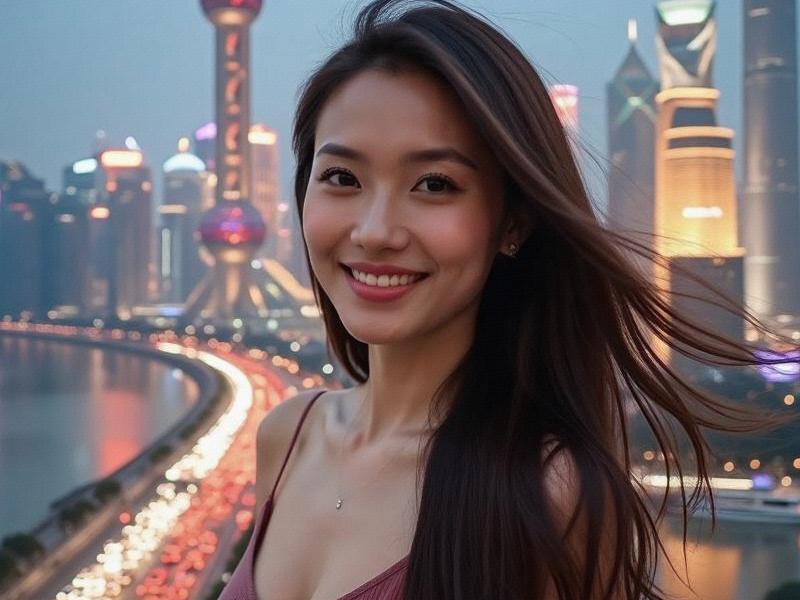
PART 1: THE SHANGHAI WOMAN IDENTITY
1. Historical Foundations:
- Treaty port era cosmopolitan roots (1840s-1940s)
- Socialist era working women (1950s-1970s)
- Reform period transformation (1980s-present)
2. Demographic Profile:
- 54% of Shanghai's professional workforce
- Highest female education levels in China (72% university graduates)
- Average marriage age: 31.2 (national average: 26.5)
PART 2: ECONOMIC POWERHOUSES
Career Landscape:
- Narrowest gender pay gap in China (91% of male salaries)
上海夜网论坛 - Found 38% of Shanghai startups
- Dominance in finance (52%), tech (41%) and creative sectors (59%)
Innovative Work Models:
- "Flex-space" professional communities
- Digital entrepreneurship boom
- Hybrid work lifestyle adoption
PART 3: CULTURAL TRENDSETTERS
Fashion Evolution:
- Modern qipao reinventions
- Local designer movement growth
- Sustainable fashion leadership
上海品茶论坛 Arts & Intellectual Life:
- Women-led art collectives
- Literary salon renaissance
- Museum/gallery attendance 3× national average
PART 4: SOCIAL ARCHITECTS
Family Dynamics:
- Later marriage but higher marital stability
- 47% of households with female primary earners
- Innovative childcare solutions
Community Building:
- Professional networks (85% participation rate)
- Cross-generational mentorship programs
上海花千坊龙凤 - Social enterprise leadership
PART 5: FUTURE CHALLENGES & OPPORTUNITIES
Current Challenges:
- Persistent glass ceilings
- Work-life balance pressures
- Aging society impacts
Emerging Frontiers:
- Green economy leadership
- Digital transformation advantages
- Global cultural exchange roles
CONCLUSION:
Shanghai's women represent a unique fusion of Chinese cultural values and global modernity. As the city solidifies its position as Asia's premier cosmopolitan hub, its female population continues to pioneer new models of urban womanhood - blending professional achievement with cultural authenticity to influence gender norms across China and beyond. Their evolving story offers compelling insights into the future of urban femininity in 21st century Asia.
